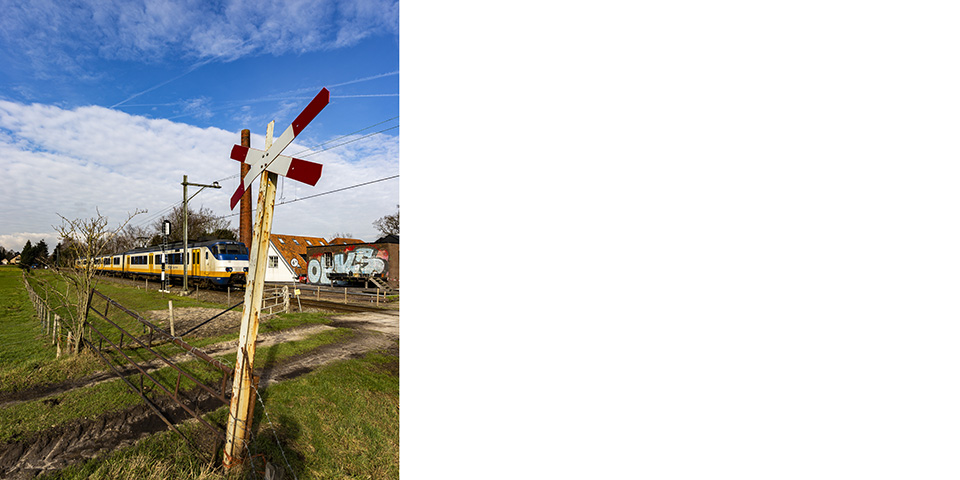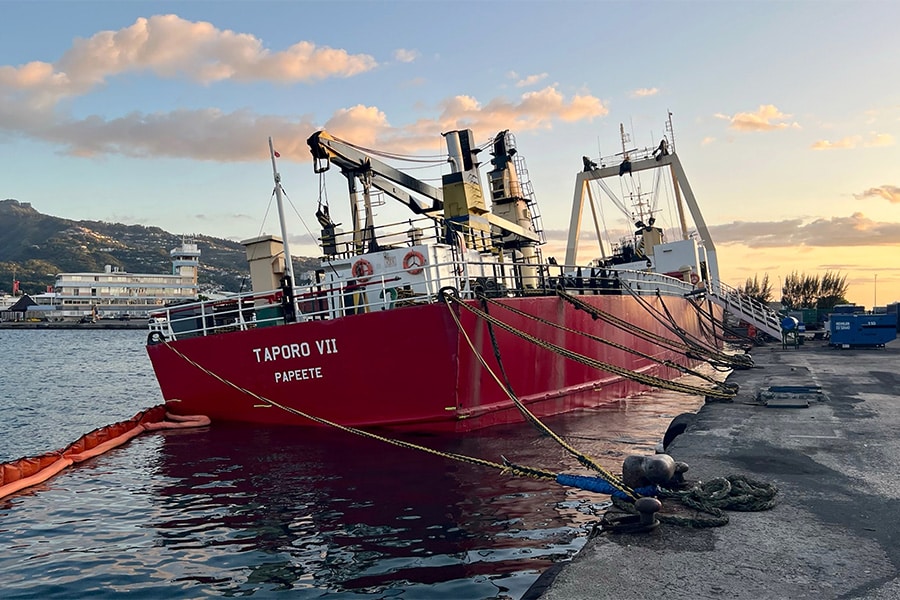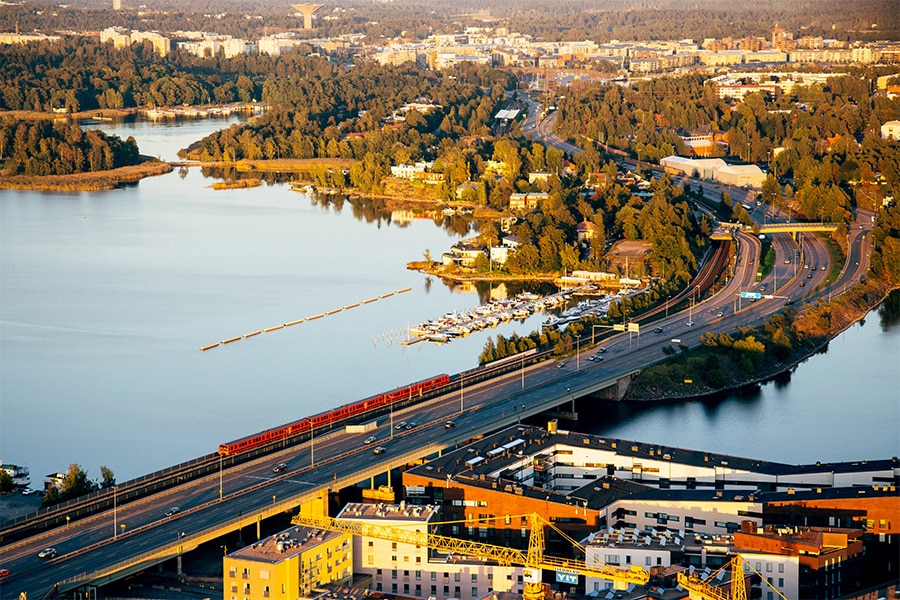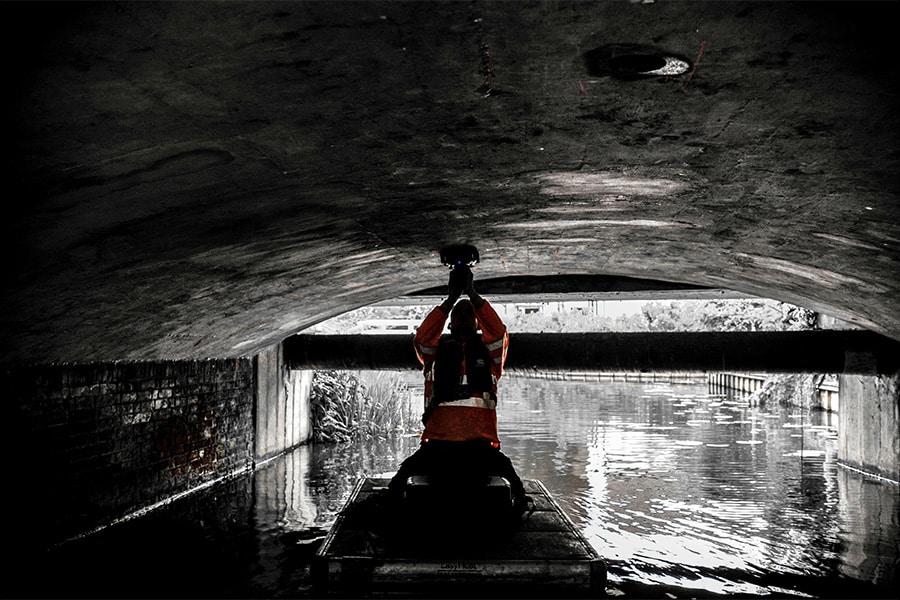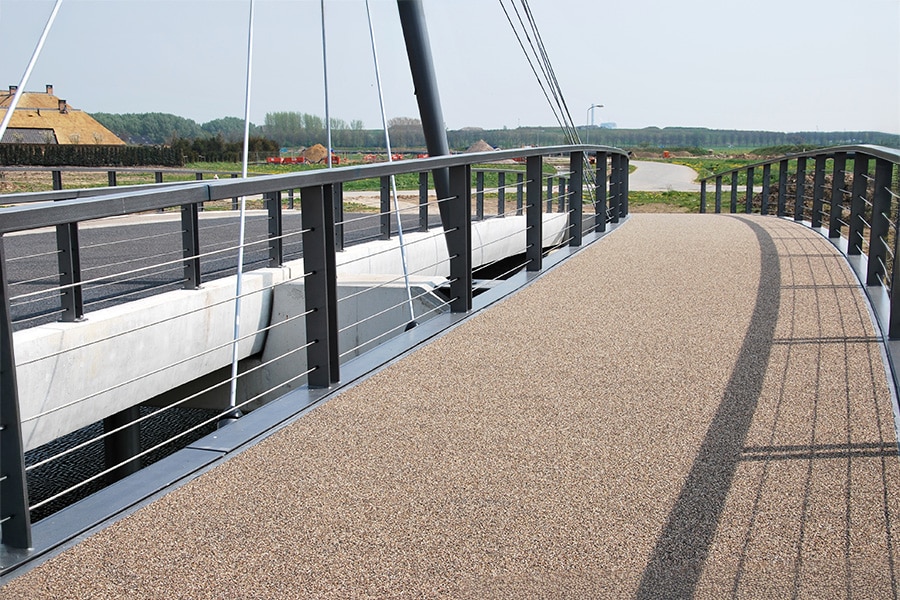
'The end of the unguarded rail crossing is near'
The Netherlands is among the leaders when it comes to level crossing safety. Yet things regularly go wrong at the Non-Actively Secured Level Crossings (NABOs), of which our country still has more than a hundred. Reason for ProRail to speed up the closure or conversion of the unguarded level crossings. Engineering and consultancy firm Antea Group will take care of 50 NABOs over the next five years.
Rail and road traffic in our country is growing. Crossings that are not secured by rail barriers and bells are therefore out of date. "People mistake the speed at which an intercity races by," emphasizes Consultant Björn Heijmer of Antea Group. "They are not warned. Life-threatening, especially in situations when visibility is also limited." Previously, ProRail carried out a study on closing and converting all public non-safety level crossings in the Netherlands. Of these, 25 have already been closed in recent years. "Of the remaining 120 within the NABO program, about one-third will be permanently closed, for over 50 level crossings an alternative will be worked out by us, and the locations where that does not offer a solution will be fitted with active protection (AHOB)," says David Verspeek, Rail Advisory Group Manager at Antea Group.
Social importance
In the exploratory phase, ProRail outlined four solution directions for the intended 50 locations; a stairway over the track, an underpass, the construction of a new access road, or the application of a so-called U-bucket whereby recreational users can pass the track underneath at the location of a railroad bridge over the water. Antea Group will create a design of the chosen solution direction for these 50 NABOs, as well as prepare the tender dossier and later also provide implementation supervision. "For our engineering and consultancy firm, this is a great assignment with great social importance," states David Verspeek. "We were awarded the contract partly because of our flexibility, whereby we can handle peaks in capacity requirements well and scale up internally fairly quickly. After all, this project touches several disciplines within Antea Group. We are pulling the assignment from Rail Advisory Group, but the disciplines of Roads, Civil Works and Contracts will also be closely involved depending on the alternatives chosen."
Best alternative
Talking about the solution options, ProRail is now in talks with stakeholders for each location to choose the best alternative from one of the four alternatives for the NABOs. Björn Heijmer: "The moment the choice is made, we come into the picture to carry out the conditioning studies on which we make a principle design that suits that location.
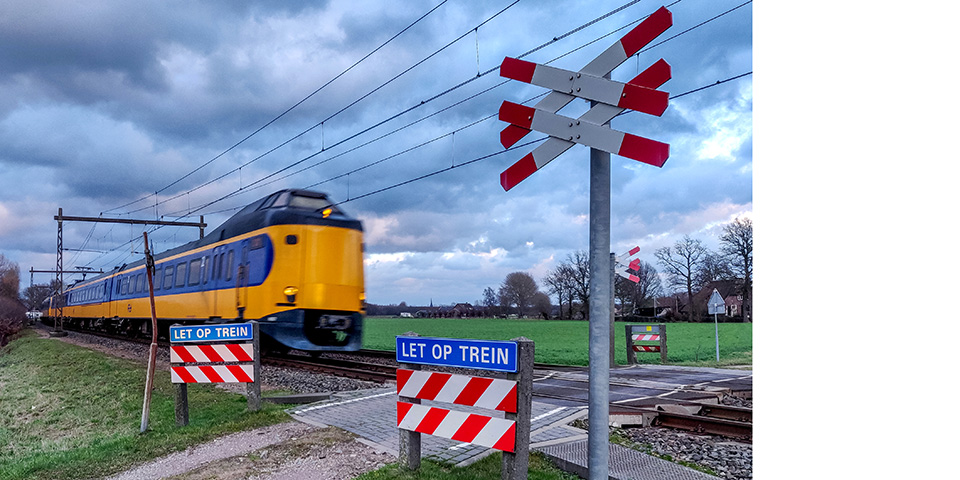
People mistake the speed at which an intercity rushes by.
This is because every situation is unique. Consider ground conditions, water level, number of tracks, available space, and so on. This also means that we create a unique variant for each location based on the preferred solution. In doing so, we do strive for a certain standardized approach to bring each level crossing project to realization quickly and efficiently. After all, the goal is to eliminate dangerous situations as quickly as possible." The tender dossier prepared by Antea Group for each NABO contains functional descriptions, according to David Verspeek. "The D&C contract gives the contractor freedom so that it is incentivized to come up with a functional and efficient solution."

Although a St. Andrew's Cross warns, the situation remains just as dangerous.
Antea Group now has the first two NABOs pending. "In Almen (Lochem municipality) an underpass was chosen and in Terborg a stairway over the track," Björn Heijmer knows. "The NABO in Terborg is currently closed because of the dangerous situation. Once the stairs are realized soon, a historic walking route will immediately be restored." Another 48 NABOs will follow over the next five years. "We are proud to be able to complete this important project for ProRail and to contribute to greater safety on and around the railroad," concludes David Verspeek.
